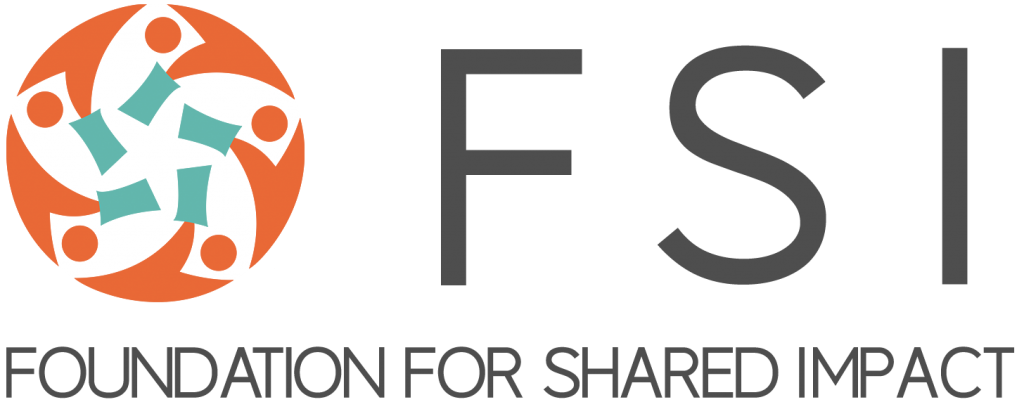The New Rich and Poor Gap
With this year’s World Economic Forum in Davos (which few of us have pockets deep enough to attend) come and gone last week also came Oxfam’s shocking report on the world’s wealth inequality: while the wealth of the world’s billionaires has increased by 12%, or US$2.5 billion a day, last year, 3.8 billion people (the poorest half of the world’s population) saw their wealth shrink by 11%, living on less than US$5.5 a day. From the almost non-existent wealth tax to failure in curbing tax evasion (such as the IRS’s inability to pursue tax fraud cases as a result of budget cuts, according to ProPublica), the Oxfam report condemns governments for the growing divide between the rich and the poor. While you’re at it, read Vox’s alternative interpretation of Oxfam’s inequality report, or explore poverty and inequality indicators by regions and countries with the World Bank Group’s Poverty and Equity Data Portal.
The struggles of the impoverished is real, but for 40-year-old Chinese farmer Jiang Jinchun, life as a migrant worker having to leave behind his child in the hands of his parents changed for the better three years ago, when he discovered photo-sharing platform Kuaishou and the power of live-streaming. Nobody would have thought a video of Jiang digging up bamboo shoots would lift him and his county out of poverty. Meanwhile, going back to the good old way of chemical-free sustainable farming might be another solution to fight poverty in China. Who knows, once more Chinese farmers are able to earn a stable income, they may be inspired by the garlic farmer who built an Airbus A320 replica, expected to function as a restaurant, complete with a red carpet, so that “every person who comes to eat will feel like a head of state”.
Education: Better and More Sustainable
“We need more jobs and better education.” is the message from UNICEF’s online poll of 10,000 young people from 160 countries. “There are 1.8 billion young people between the ages of 10 and 24 today – the world’s largest-ever group of young people. Every month, 10 million reach working age – and they’re finding that yesterday’s skills no longer match today’s job market,” said UNICEF Executive Director Henrietta Fore. One of the solutions for better education lies in South Africa, where the Maharishi Institute equips South African youth with knowledge and practical work experience, combined with meditation to help students with PTSD, creating self-sufficient entrepreneurs and high-calibre workers along the way. The Maharishi Institute’s goal? To cut tuition down to just US$500 a year. How else can development agencies ensure effective impact of educational programs? Work with governments.
Youth are by no means the only ones enthusiastic about learning — hundreds of thousands of domestic workers in Hong Kong enrol at EmpowerU, one of FSI’s portfolio companies, every year to learn about basic rights, women empowerment, health and nutrition, and the life-saving CPR technique every weekend. Despite their six-day long-hour work week, these domestic workers’ eagerness to acquire new knowledge and pass it on is both infectious and inspiring — be inspired here. Find out more about this civic organization, which is currently crowdfunding to provide 500 students with a 50% scholarship of HK$500 each.
Tackling Climate Change High and Low
“The Holocene has ended. The Garden of Eden is no more,” said Sir David Attenborough in an impassioned appeal for nature at Davos last week. Our actions today and in the next few years will affect the next few thousand years. Human intelligence and artificial intelligence combined can turn things around, if you ask the two Australian scientists who are using the “LarvalBot” to replant endangered coral reefs with heat-resistant corals.
But raising awareness of climate change and encouraging sustainable development and living can be done the low-tech way, too. Still images of wildlife and nature in this digital age still have the power to elicit curiosity and compassion in us, enough to prompt many into climate change mitigation actions. For those suffering eco-anxiety, join the club of temperature data knitters.
Share Impact, Nurture Social Entrepreneurship
It takes a village to create a successful social enterprise, says Christal Earle, co-founder and CEO of a social enterprise that tackles poverty and environmental pollution. The key is to surround yourself with people who share your passion to create social impact, and share that impact to reach more beneficiaries as your social business grows. But how? Join our social purpose community at our coworking space, “Peak Impact”! Interested in how social enterprises enhance corporate supply chains? Check out this four-week MOOC.



